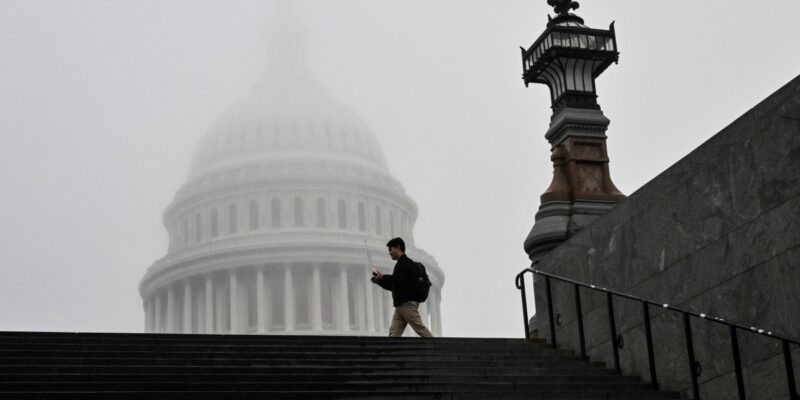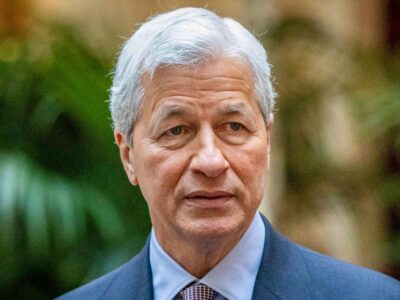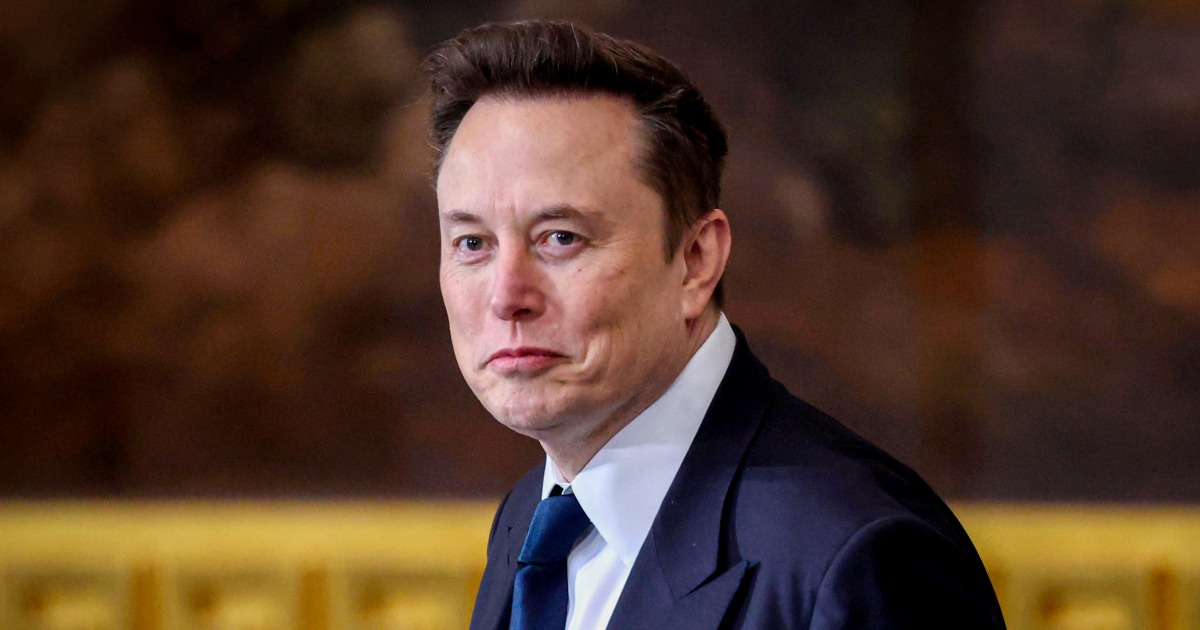
Among the measures being debated by Congress to avert a government shutdown is increasing the debt ceiling — or eliminating it entirely.
It’s arguably the most unusual demand from President-elect Donald Trump and other Republicans seeking to ward off a major government disruption just as the holidays arrive.
That’s because, in recent decades, Republicans were the ones who sought to use debt-ceiling increases to extract concessions from Democrats, arguing that government spending was getting out of control.
What is this unusual limit, and why have Republicans’ views on it suddenly changed?
Debt limit and default
Like many other entities, the U.S. government borrows money to help pay its bills. The debt ceiling establishes that, at a certain point, the U.S. Treasury can no longer continue to borrow money to pay the government’s fiscal obligations.
But because those spending requirements will nevertheless continue to accrue, the failure to raise the debt limit would put the U.S. in technical default, meaning it could no longer pay its bills.
The U.S. pays many of its bills through borrowing, so without that mechanism in place, whoever the government owes money to will, in an overwhelming number of cases, fail to be paid.
That would send shockwaves through the U.S. economy and global financial markets. Current White House officials have said a default would likely cause a recession while also affecting everything from Social Security benefits to child tax credit payments to paying U.S. service members and contractors.
A soft brake on government borrowing
The debt ceiling is a relatively new instrument in the U.S.’s economic toolkit. For the first 128 years of the nation’s existence, Congress directly authorized individual borrowing efforts.
That changed in 1917, when Congress decided to impose a debt ceiling to replace separate borrowing votes and streamline the massive financial obligations imposed by World War I.
In 1939, the government officially decided to use the debt ceiling in order to manage its debt obligations on an aggregate basis.
Since then, the debt ceiling has served as a nominal brake on federal spending, allowing Congress to reflect on the debt load the U.S. is carrying at any given moment.
Yet overall, most of that reflection hasn’t gone very far. Since 1960, the debt ceiling has been raised 78 times — 49 times under Republican presidents, and 29 times under Democratic administrations.
Debt growth and gridlock worries
Today, the U.S. has one of the highest debt-to-GDP ratios in the world, meaning it is borrowing more than it is producing.
There remains debate among economists about whether that matters. Compared to other countries with large debt loads, the interest rates the U.S. pays to borrow money are relatively low. And until very recently, they had even been declining over a period of decades.
That has changed since the pandemic, as financial markets have grown increasingly wary of both ongoing U.S. spending outlays, as well as overall political gridlock — especially fights over debt ceilings — which have created something of a vicious cycle.
Financial authorities would prefer that the rate of U.S. spending slow down. Beyond that, the greater hope is that government officials stop fighting over whether to fund spending obligations that were already put on the books during the regular budgeting process.
“One day we should just have a bipartisan bill and get rid of the debt ceiling,” JPMorgan CEO Jamie Dimon said in a 2021 interview. “It’s all politics.”
Bipartisan support
So what if the debt ceiling were to simply go away entirely? It’s something Democrats have long called for. Ultimately, they argue, there’s neither a real legal reason nor, for now, a financial rationale for why the government can’t continue to borrow money.
Now, for the first time, the head of the Republican Party seems to be taking up that argument.
“The Democrats have said they want to get rid of it. If they want to get rid of it, I would lead the charge,” Trump exclusively told NBC News on Thursday. The debt limit, he said, “doesn’t mean anything, except psychologically.”
The idea quickly gained support among some prominent Democrats.
“I agree with President-elect Trump that Congress should terminate the debt limit and never again govern by hostage taking,” Sen. Elizabeth Warren, D-Mass., posted on social media Thursday.
Yet the reasons Trump wants to get rid of it now are likely twofold: First, it is already set to hit during the first few months of his second term in office. And second, his plan to cut taxes is expected to reduce federal revenues by trillions of dollars, meaning government spending obligations already signed into law would have to be covered by more borrowing.
Despite the smattering of Democratic support, House Minority Leader Hakeem Jeffries from New York’s 8th District, has said elimination of the debt ceiling is a nonstarter.
And fiscal conservatives continue to be opposed to debt ceiling elimination.
“My position is simple — I am not going to raise or suspend the debt ceiling (racking up more debt) without significant & real spending cuts attached to it,” Rep. Chip Roy, R-Texas, said in a post on X. “I’ve been negotiating to that end. No apologies.”
Roy has already drawn the ire of Trump for taking that position.
“The very unpopular ‘Congressman’ from Texas, Chip Roy, is getting in the way, as usual, of having yet another Great Republican Victory — All for the sake of some cheap publicity for himself. Republican obstructionists have to be done away with,” Trump posted on Truth Social.
This time, it seems, the Democrats are positioning themselves as the guardians of fiscal responsibility.















